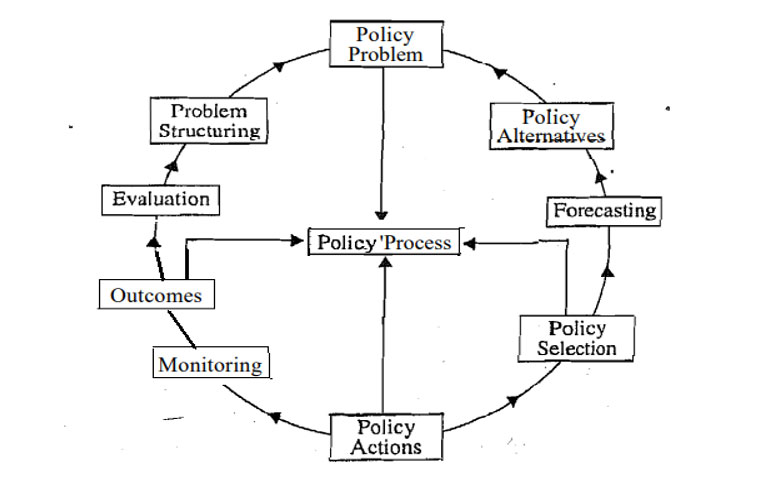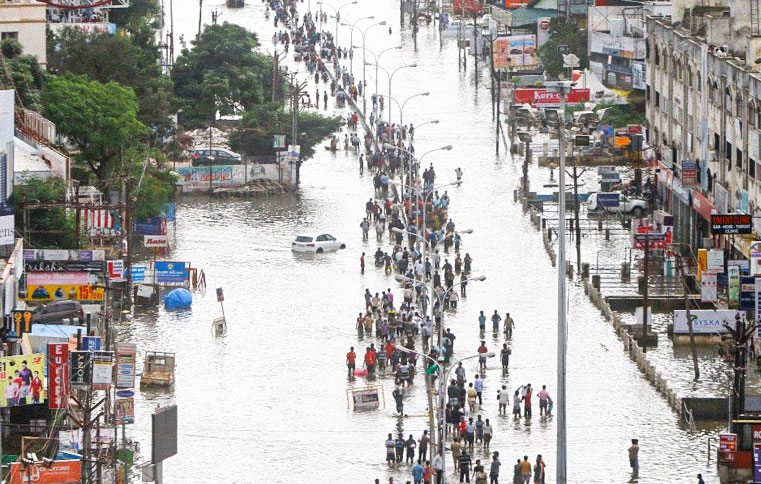The What, Who, How and Why of Public Policy Making
By: Nikhil A. Jacob | Date: 7th November 2020

In a true democracy, one that is transparent, representative and participative, the people would elect their government based on their policy framework and not succumb to the fancies of identity politics. At the end of the day, the citizens elect a popular government to work for the common good and not for the fun of watching their next of kin ruling the country.
This very fact, that the fulcrum of good governance is based on sound Public Policy enjoins the citizens to be more aware of the entire process of policy formulation, implementation, monitoring and evaluation.
The What:
Public policy, apart from being an academic pursuit and a discipline of study, is also the product of the government. It revolves around that domain of life that is not private or purely individual, but common.
To understand the concept of public policy one has to understand the terms Public and Policy in a standalone context. The public sector is a domain of human activity which requires governmental intervention or common action.
Policy as a tool takes several forms, it could be a declaration of goals, course of action, general-purpose and/or an authoritative decision. In cumulative, inferring from the definitions of Public and Policy, it is safe to conclude that a Public policy is what the authorities in a political system choose to do or not to do for their citizens to achieve an underlying purpose/goal.
The Who:
In the policy setup, the three key players would be the policy formulator, the policy implementer and the policy recipient. To best understand the interrelationship between the three the following story and the subsequent illustration would be beneficial:
A poor handicapped man is begging for alms on one side of the road when a car pulls over on the opposite side with the occupant seemingly wanting to spare a few monies for charity. Due to the want of time, he is not able to step out of his car and cross over to the man in need to give him the money.
The handicapped man on the other hand is physically unable to take the arduous tour towards the middle of the road with his amputated left leg and mediocre clutches that are worn down to its bones. He seems hopeless. At this juncture, a gentleman who happens to be cruising in the same direction as the not so gentle philanthropic man pulls over next to the parked car and effectively transfers the money from the donor to the donee.
Receiving it from one window and delivering it from the other. The donee expresses his gratitude to both the people involved in providing him with the benefit that he desired, i.e. the one who initiated the process and raised the funds and the one who delivered the fund efficiently to the intended recipient.
The man in the car offering help represents the Central/State government, the legislature and the political executive. The handicapped individual represents the common man, his needs and his inabilities and the middle man who effected the transfer of benefits represents the bureaucracy; the permanent executive.
The How:
The following diagram provides a concise picture of the process:

The Why:
Former Prime Minister of India, Mr Rajiv Gandhi once remarked that for every rupee he sends from Delhi to be spent for the welfare of the downtrodden, only 15 paise reach the intended beneficiary.
For effective delivery of citizen services, robust and well-designed policies are sine quo non. In a developing country like India, loss of scarce resources due to ill-planned policies would cost dear and delay the development agenda of the country.
The Supreme court of India recently quoted the late former PM of India, Mr Rajiv Gandhi while it was corroborating the efficacy of the Aadhar/UID system in tackling the malaise that the congress supremo had once lamented upon. The DBT system plugged the loopholes, prevented corruption and administrative lethargy, producing the desired output and outcomes. This is an outcome of several well-designed, futuristic and full proof policies, which is the need of the hour.











